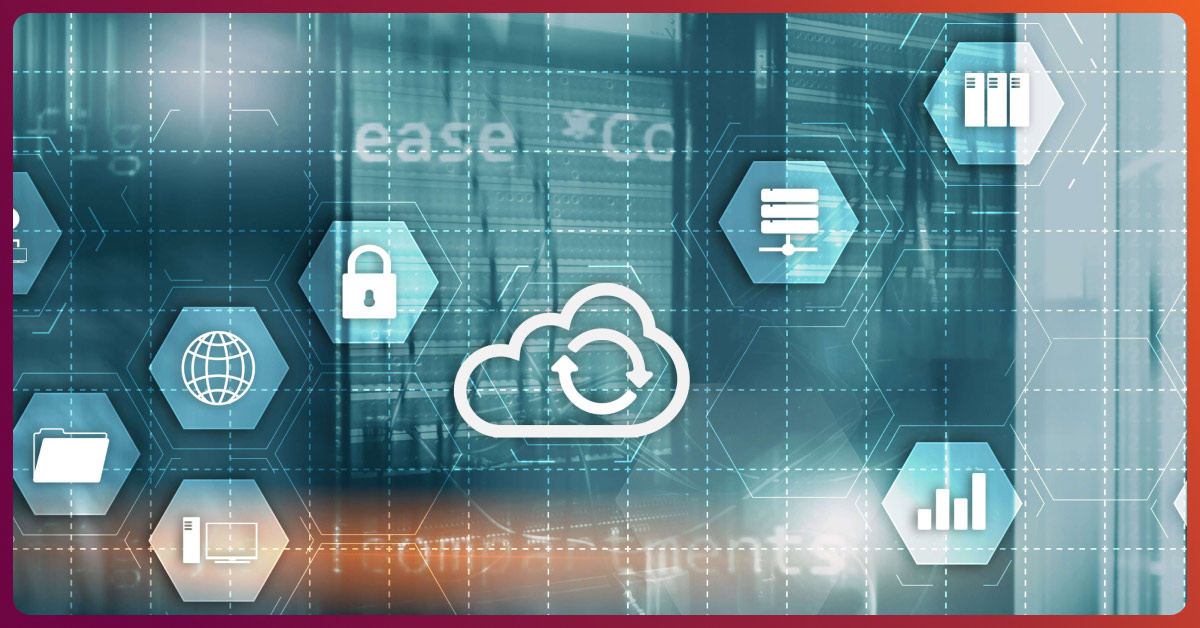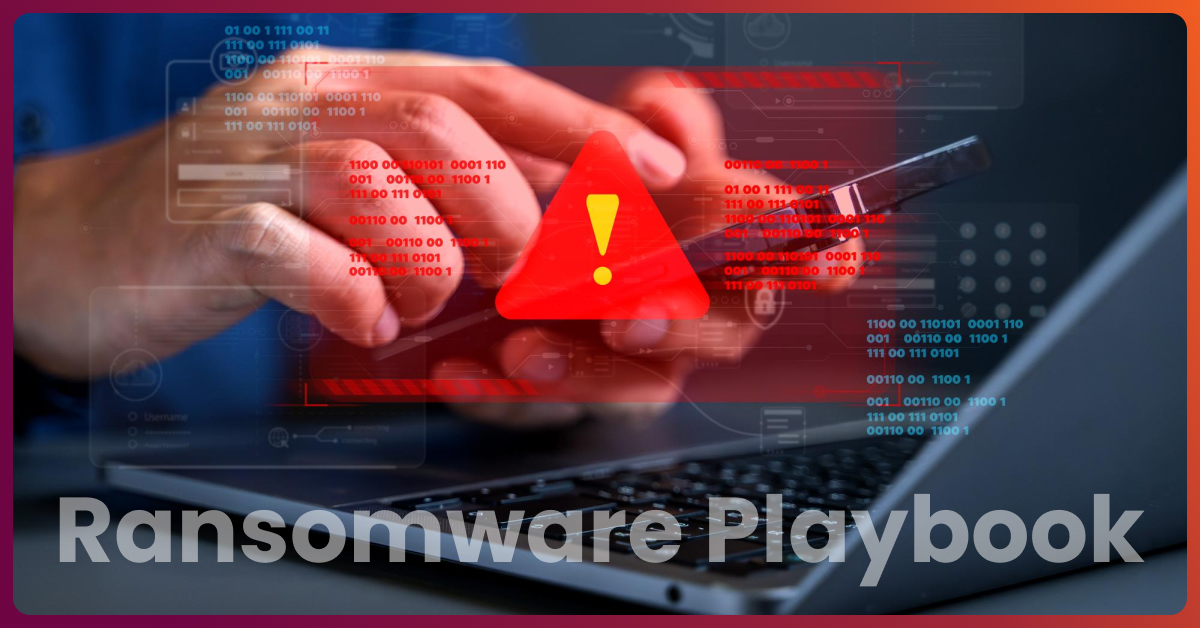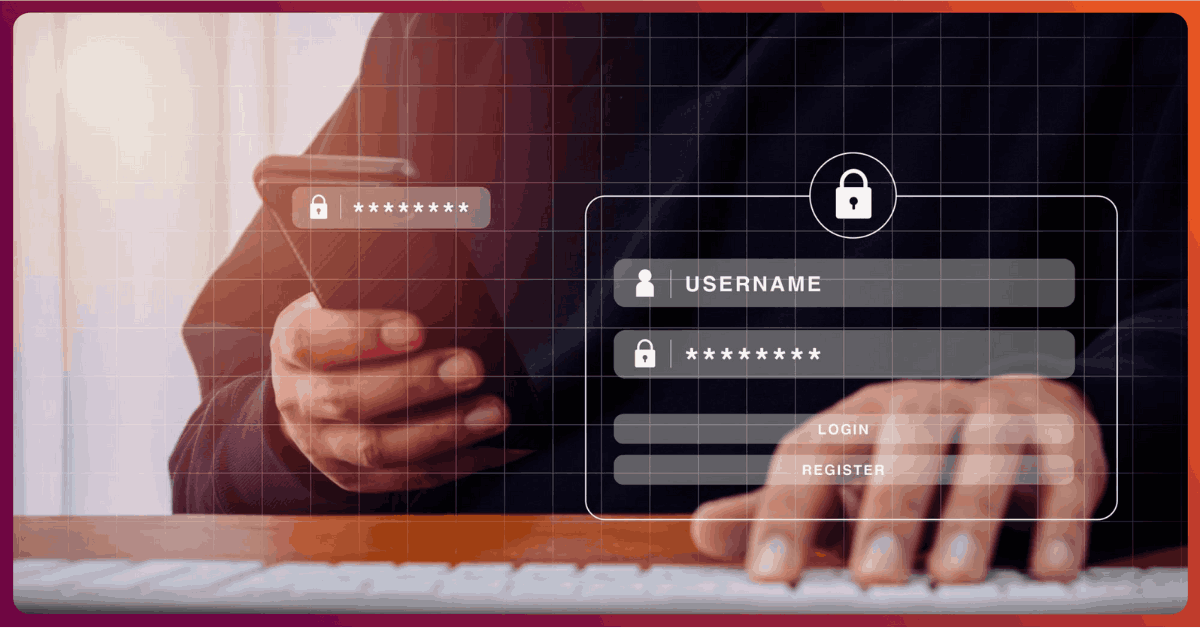Top Ten Endpoint Backup Myths Busted

As I’ve spent time over the last 6 months speaking with different IT shops, one thing has become quite clear. While endpoint data protection is emerging from its traditional step-child status, there is still some distance to cover.
Why we need backup?
In this age where cloud storage costs are dropping, and ransomware is increasing in prevalence – endpoint backups are not only more affordable, they’ve become absolutely necessary. However, the awareness around the downsides of not having a reliable strategy for the endpoint is still lacking.
I’ve listed below the top ten reasons I have heard recently to rationalize not having an endpoint backup strategy.
Myth # 1 – IT doesn’t really need to backup endpoints – that’s the users’ responsibility
This is an approach several organizations have taken over the last 3 decades – and many have suffered the downsides. The reality is that your user endpoints DO contain business-critical data. When an endpoint is lost, your business takes a hit in terms of lost data, lost time, and lost productivity. It is important to judge the criticality of a system not simply by how much data it keeps, but the value of such data. Treat your endpoint systems with the same care you treat your server systems.
Myth # 2 – Our users back up their data to external hard drives
This is a common one. The problem is external hard drives can protect what you copy onto them. If users are not disciplined about identifying what is important and copying that over to an external disk – then you risk losing company data. External hard drives at many times are stored in close proximity to the endpoint they’re supposed to protect. So, a mishap, or malware that affects the endpoint, could conceivably affect the external hard drive as well. As an administrator, you also lack control and visibility to how well users are complying with such a process.
Myth # 3 – I don’t need a separate solution for endpoint backup. Our users keep all their important files on our servers
This is also quite a common rationalization and has many of the same downsides as the previous one. Much as we would wish otherwise, end users typically lack the discipline to make periodic copies of their important data to servers or check files into document management systems. Even assuming users are disciplined, if there are deficiencies in the copying process – like network outages, or locked files that couldn’t be copied – users may not be patient enough, or savvy enough to troubleshoot and circumvent these roadblocks. And this could mean the loss of that one critical file that your CEO or CFO really needed!
Myth # 4 – Do endpoint backup solutions really work?
Well, the good ones do. Endpoint backups need to be designed differently than server backups. Unlike servers, endpoints are not up and running all the time. They can be put to sleep as they’re carried around from meeting room to meeting room, or from work to the home. They can hibernate or even run out of power. Robust endpoint backup solutions are designed to deal with these adversities and keep them ongoing. Pick a solution that integrates with a name service like Active Directory, supports single sign-on, and most importantly – one which can resume backups from the point of failure.
Myth # 5 – Won’t an endpoint backup solution slow down my endpoints?
Most endpoint backup solutions involve an agent that runs on the endpoint. Will there be some impact due to it? Yes, of course. But good solutions can minimize that impact and ensure that the user experience for your employees remains desirable. Look for solutions that can run at reduced priority levels, are sensitive to CPU, Memory, and Network bandwidth usage. Such solutions will go to ‘sleep’ for a while if they detect other application activity on the endpoint and resume again when they get a chance.
Myth # 6 – If I have cloud storage, I don’t need backup
This one is my favorite! If only that were true! While the cloud has made storage more affordable, more accessible, and easier to manage – what it is NOT is a Backup. This approach suffers the same downside as the previous two approaches in that it can only protect what end users choose to place in it.
It is true that many cloud storage solutions also come with an automatic sync mechanism, but sync solutions essentially replicate files on the endpoint over to the cloud. So, if you suffer a loss of data or a malware attack on your endpoint, the infection (or deletion) is also faithfully replicated to the cloud.
Myth # 7 – Cloud endpoint backup is expensive
Cloud storage and backup solutions have become increasingly affordable year after year. Sure, it is more expensive than having nothing at all, but it is a heck of a lot less expensive than living through a data loss scenario that affects your business! And it certainly is a better bet than a fully on-premise solution that involves hardware, power, and staff investments. With storage getting cheaper and networks getting faster, cloud-based backup is clearly the way to go.
Myth # 8 – Cloud endpoint backup isn’t secure
The cloud is actually far more secure than most people believe. But in many cases, the concern here isn’t so much about security, as it is about privacy and control. Who else has access to the data you put in the cloud? How many secondary copies are getting made? When you delete something, is it really gone? These concerns are indeed legitimate, but picking the right vendor can help address these problems.
Backup solutions that provide encryption and obfuscation for your data – with keys that you control (like a CASB) should be what you look for. Also, pick a vendor who is able to give you cloud backup on your terms. You can identify the best cloud vendor you’d like to have provided the compute and storage – and deploy the backup solution of your choice with that cloud.
Myth # 9 – Restoring data is complicated with a backup solution
Most backup solutions provide a separate interface for restores. It may not seem as intuitively simply as simply downloading a file as one might do with cloud storage. But while downloading a file with a click does sound simple, it quickly gets unwieldy when you must do that with hundreds of folders and thousands of files (which is what it may take to recover from a Ransomware attack).
That said, good backup solutions will give you the best of both worlds – you should be able to view preview files, share them, or download them as required, while still having the ability to recover large numbers of files and folders with a single click.
Myth # 10 – I have an endpoint anti-virus solution that protects me from Ransomware
Many organizations believe this, and in some cases, anti-malware solutions may be able to detect ransomware. But, sadly, they cannot be relied upon to detect and stop all ransomware. The rapid and quick-moving malware underground ensures that anti-malware vendors are always playing catch-up. So, the likelihood of an incident is higher than you may think.
In summary, if you don’t have an endpoint backup strategy, get one! And strongly consider backing up to the cloud. Cloud endpoint backup solutions are more affordable, faster, and easier to manage than ever before!




